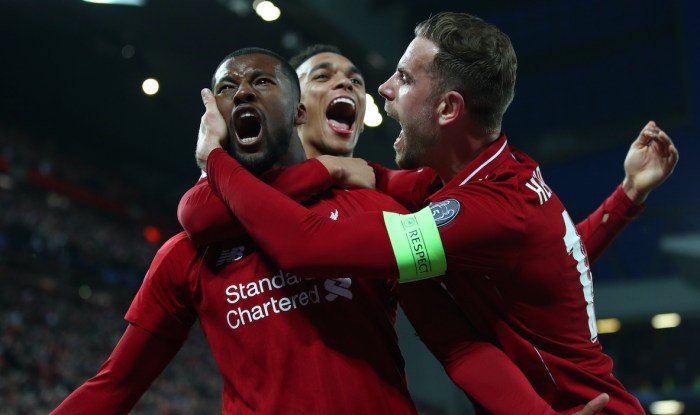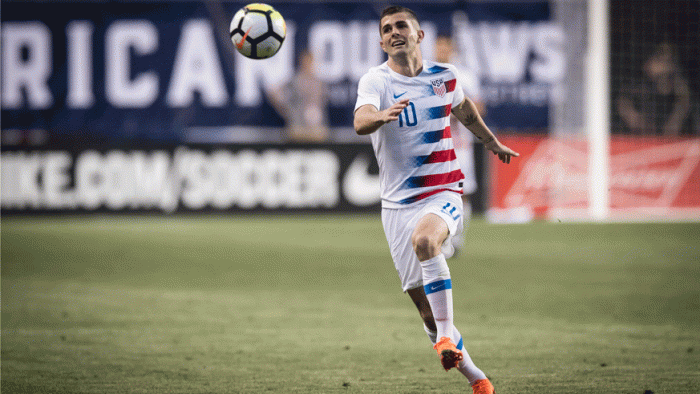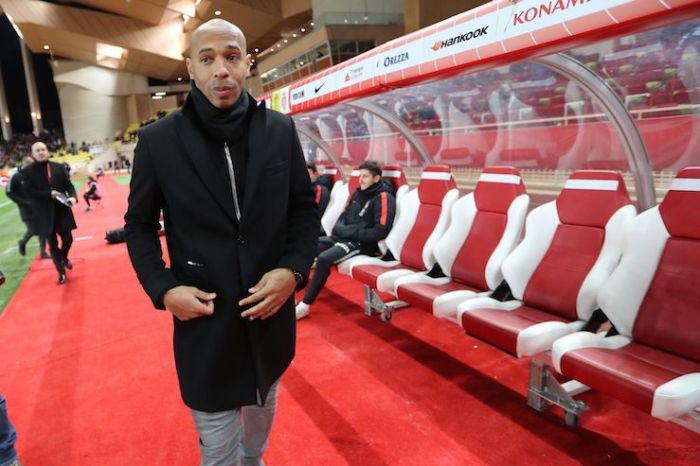Upon a sea of humanity and confetti, Wednesday’s victory parade for the United States Women’s National Team confirmed what has been coming for decades.
Women’s soccer is taking over.
Thousands upon thousands of fans lined the streets of New York City to pay homage to a group of women who are helping revolutionize the sports scene in the United States.
The USWNT won their fourth World Cup on Sunday in a 2-0 triumph over the Netherlands. It capped off the month-long tournament from France in which the Americans dominated, outscoring their opponents 26-3.
Not only did their performance live up to the heavy expectations of being the No. 1 team in the world, but it also continued the growth of a sport in a country that has been hesitant to accept it.
Soccer has been knocking on the door of the Big 4 (MLB, NBA, NFL, NHL) for years as the advancements in technology helped bring the high-flying men’s World Cup, along with international leagues in England, Spain, and Germany into American living rooms.
The problem was (and continues to be) that American soccer on the men’s side continues to lag behind the world powers.
MLS is still looked upon as a second-tier organization compared to the Premier League, Bundesliga, or La Liga. The national team is still licking its wounds after missing out on the 2018 World Cup. It prompted an organizational shift that will take some time to get the team back into the international conversation. Even with the likes of Christian Pulisic and Weston McKinnie offering hope for the future.
The women’s game, even with American dominance since the World Cup began in 1991, has seemingly lagged in popularity behind the disappointing men’s side despite a far-more impressive resume.
It seemed as though the women’s national team would capture the nation once every few years between World Cups and Olympic Games, but never build off it. It was no fault of their own as a couple of large factors play into that notion.
A professional women’s soccer league in the United States, the NWSL, looks to finally be sticking following several failed attempts to provide a legitimate top flight in the country since 2000.
The nine-team league has been operating since 2012 with some of women’s soccer’s biggest stars coming stateside to play. However, its reach has been subdued even while playing during a slow time in the American sports schedule.
Why? They are dealing with a sports market largely controlled and populated by viewers with short attention spans, begrudging to fully accept both soccer and women’s sports.
That’s not much of an assumption, either. Just scroll through the comments of a Facebook or Twitter post celebrating this team. You’ll see just how stupid (to put it bluntly) some of these folks are.
For some reason, there has been a hesitancy to give full credit to a group of strong, trailblazing women. They are not only building the American brand of soccer, but they are inspiring millions regardless of gender to get into the beautiful game.
Megan Rapinoe backed up her activism for equal pay and exposure, along with her abhorrence of the Trump Administration, with the Golden Boot and Golden Ball as the top scorer and player of the World Cup.
Yes, women can talk a big game and back it up on the field of play, too.
Rose Lavelle drew comparisons to Belgium and Real Madrid superstar Eden Hazard with her talismanic work in the midfield, her goal in the Final skyrocketing her status as a new face of American soccer.
Alex Morgan torched Thailand for five goals, scored another in the semifinal against England and started an internet sensation when she sipped some tea in celebration.
Yes, women can celebrate just like NFL stars do after touchdowns or MLB sluggers do following home runs.
No, they are not being extra arrogant or disrespectful. You’re just looking for things to be mad at.
Much to the chagrin of those folks, it looks like the women’s game isn’t going anywhere anytime soon. The efforts of the Rapinoes, the Lavelles, the Morgans, the Julie Ertzs, the Christen Press’, the Abby Dahlkempers, the Alyssa Naehers is helping reach new heights.
Shortly after the Americans’ semifinal win over England, ESPN announced that they would broadcast 14 NWSL matches this season on its family of networks beginning on Saturday.
It will allow soccer fans of all ages and genders to see over 55 players that competed in the Women’s World Cup this summer.
The league is getting a big backer, too, as Budweiser became the NWSL’s top sponsor to support development and exposure.
It’s about time.
Now we won’t have to wait every few years to fully appreciate and support the best team in the country.

























